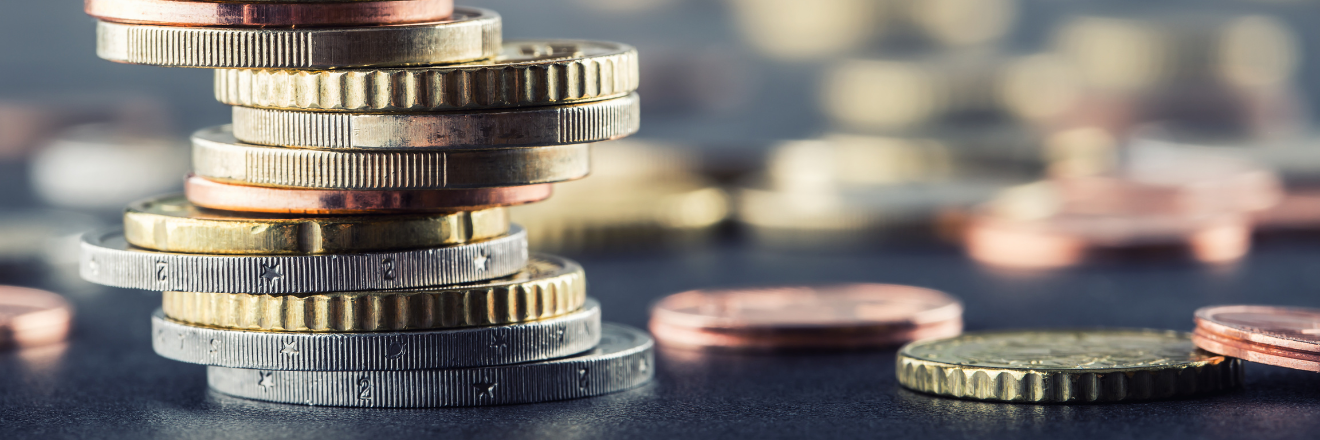After a particularly difficult year in 2022 for Austria’s asset managers, in which capital market turbulences following the Russian invasion of Ukraine led to just over € 30 billion of assets managed[1] being wiped out, a small recovery has started duing the first half of 2023: Net asset value climbed from € 200.25 billion at year-end 2022 by € 7.4 billion or 3.7% to € 207.65 billion as of 30 June 2023. An increase of € 4.0 billion or +2.0% was observed in the second quarter alone. While funds were forced to absorb net outflows of funds of € 465 million in 2022, there was a return to net inflows of funds in 2023, of € 166 during the first quarter and € 1.58 billion during the second quarter. These are the findings of the FMA’s Report on Asset Management for Q2 2023, which was published today.
More than 40% of assets are invested a sustainability focus
Broken down by investment strategy, during the second quarter the strongest growth in assets was in equity funds, while the strongest fall was in real estate funds: As of 30.06.2023, net asset value stood at € 95.0 billion for mixed funds (+1.2% or + € 1.1 bn compared to the previous quarter), at € 55.7 billion for bond funds (+1.8% or + € 1.0 billion), at € 40.3 billion for equity funds (+5.8% or + € 2.2 billion), € 40.3 billion for real estate funds (-3.0% or – € 0.3 billion), € 4.4 billion for short-term bond funds (+1.7% or + € 75.1 million), and € 1.1 billion in private equity funds as well as € 0.4 billion in other funds (there is no suitable comparative data for these last two categories). As of the cut-off point, 14 investment fund management companies[2] (KAGs) and 60 alternative investment fund managers[3] (AIFMs) were authorised in Austria, unchanged vrom the two preceding quarters. They have launched 878 (+1) “Undertakings for collective investment in transferable securities” (UCITS) as well as 1,213 (+6) alternative investment funds (AIFs). Categorised by investment strategy they consist of 1,139 mixed funds, 428 bond funds, 355 equity funds, 51 short-term bond funds, 41 private equity funds, 19 real estate funds as well as 58 other funds. Out of all these funds, 575 (cf. Q1-23: 550) were categorised as sustainability-related funds under the Sustainable Finance Disclosure Regulation (SFDR); of these, ten were classified as dark green funds pursuant to Article 9 SFDR. Collectively they have a net asset value of € 89.48 billion, of which € 87.09 bn is in “light green funds” (Article 8 SFDR).
As of the end of the second quarter, 8,040 UCITs (+10 compared to the preceding quarter) and 2,915 AIFs (+172 compared to the preceding quarter) from the European Economic Area (EEA) of foreign KAGs and AIFMs had notified about distribution in Austria. Broken down by their country of origin, Luxembourg, Ireland, Germany and France are particularly strongly represented.
The complete “FMA Report on Asset Management for the 2nd Quarter of 2023” can be downloaded from the FMA Website (in German only) under https://www.fma.gv.at/investmentfonds-und-verwaltungsgesellschaften/quartalsberichte/
Journalists may address further enquiries to:
Klaus Grubelnik
+43/(0)676 88 249 516
+43/(0)1/24959-6006
[1] Aggregated volume of funds as Net Asset Value (NAV)
[2] under the Investment Funds Act 2011 (InvFG 2011; Investmentfondsgesetz 2011)
[3] under the Alternative Investment Fund Managers Act (AIFMG)
